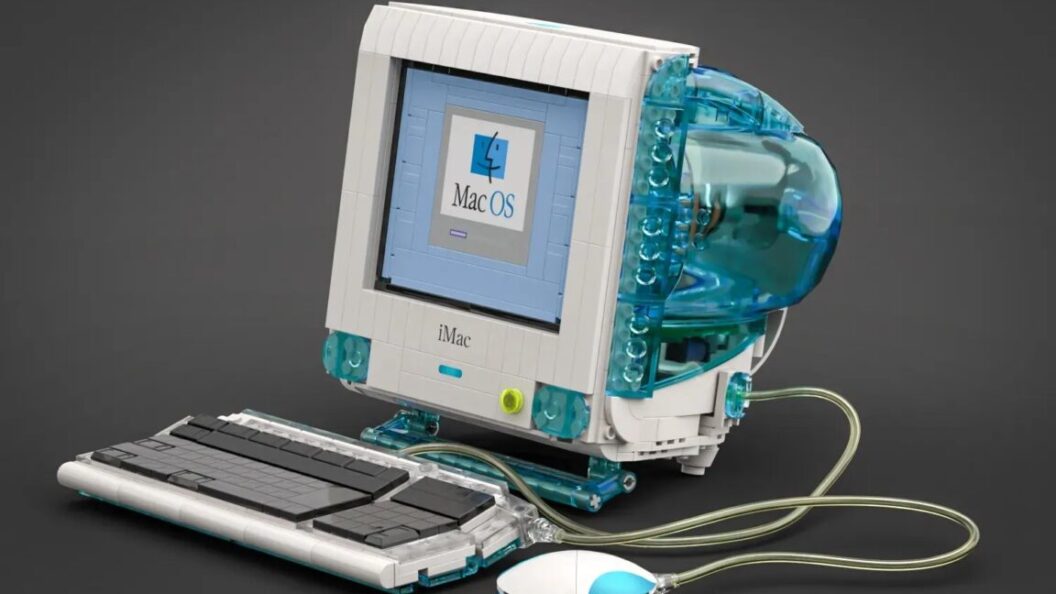Daily Tech Update: Key Highlights from the Tech World
In today’s fast-paced technological landscape, significant developments have emerged, particularly from industry giants like Microsoft and SpaceX, as well as discussions surrounding data privacy. Here’s a concise overview of the most impactful stories making waves in the tech sector.
Microsoft Launches Its First In-House AI Models
Microsoft has unveiled its first in-house AI models, namely the MAI-Voice-1 and the MAI-1-preview, marking a pivotal shift towards greater independence from its partner, OpenAI. The MAI-Voice-1 is designed to generate one minute of audio in under a second using a single GPU, facilitating innovative applications such as podcast production and integration into tools like Copilot Daily.
The MAI-1-preview model, trained on 15,000 NVIDIA H100 GPUs, achieves impressive results while optimizing resource use. This new model is currently available for public testing on the LMArena platform.
Elon Musk Sets New Timeline for SpaceX Starship Booster Capture
In a recent update, Elon Musk announced SpaceX plans to attempt its first capture of a Super Heavy Booster during upcoming flights 13, 14, or 15. However, this timeline may extend to 2026, as the company must first complete the final launches of its V2 rocket and commence operations with the V3 version, which is designed for extensive flights through the year.
Musk highlighted that the success of these initial flights will greatly influence the feasibility of the booster capture.
Internal Turmoil at Meta AI Lab Following Co-Creator’s Ultimatum
A tumultuous situation has arisen within Meta’s AI division as Shengjia Zhao, co-creator of ChatGPT, threatened to resign just days after joining. This dramatic ultimatum arose from frustrations over the lab’s chaotic environment, prompting Meta to appoint him as Chief Scientist of its newly formed Superintelligence Lab to retain his expertise.
The instability Zhao pointed out has been corroborated by Meta’s swift reorganization of the newly-established lab, dividing it into four distinct groups just 50 days post-launch.
UK’s Demand for Apple Backdoor Revealed to Be Broader Than Initially Disclosed
New insights from a legal filing suggest that the UK’s demand for Apple to create a backdoor for its devices is broader than previously recognized. This order is reportedly not limited to data safeguarded by Apple’s Advanced Data Protection, implying a request for expansive access to iCloud accounts, including sensitive information such as passwords and direct messages.
Despite earlier claims from a U.S. official, the UK’s Home Office has not rescinded this secret mandate, raising significant concerns regarding user privacy and data security.
xAI Launches New Code Model to Compete in AI Programming Arena
Elon Musk’s xAI has introduced its first coding model, named grok-code-fast-1, tailored for agentic coding workflows. It prioritizes responsiveness over performance metrics typically used in coding assessments. The model’s unique design incorporates prompt caching optimizations, achieving a score of 70.8% on the SWE-Bench while acknowledging that these tests may not fully translate to practical programming scenarios.
xAI aims for widespread adoption by offering the model free for a limited period through partnerships with platforms like GitHub Copilot.
U.S. Commerce Department Records GDP Data on Multiple Blockchains
In an unprecedented move, the U.S. Commerce Department has published its Q2 2025 GDP statistics across nine blockchain platforms, including Bitcoin, Ethereum, and Solana. This landmark action, marking the first instance of federal economic data being published on-chain, promises to enhance the reliability of economic information.
Decentralized oracle providers like Chainlink and Pyth will disseminate these verified statistics, creating potential new avenues for prediction markets and tokenized financial products. This decision resulted in a dramatic market reaction, with Pyth’s PYTH token surging 69% overnight.
Conclusion: The Broader Implications of Recent Developments
These recent announcements and developments in the tech industry underscore a significant evolution towards greater autonomy for companies like Microsoft while highlighting underlying tensions at tech giants like Meta. The exploration of data privacy in the UK, alongside advancements in AI and blockchain technologies, indicates a rapidly changing landscape where innovation must balance with ethical concerns and user safety.
As we continue to witness these technological shifts, the broader implications on privacy, security, and industry competition will be worth monitoring closely.









